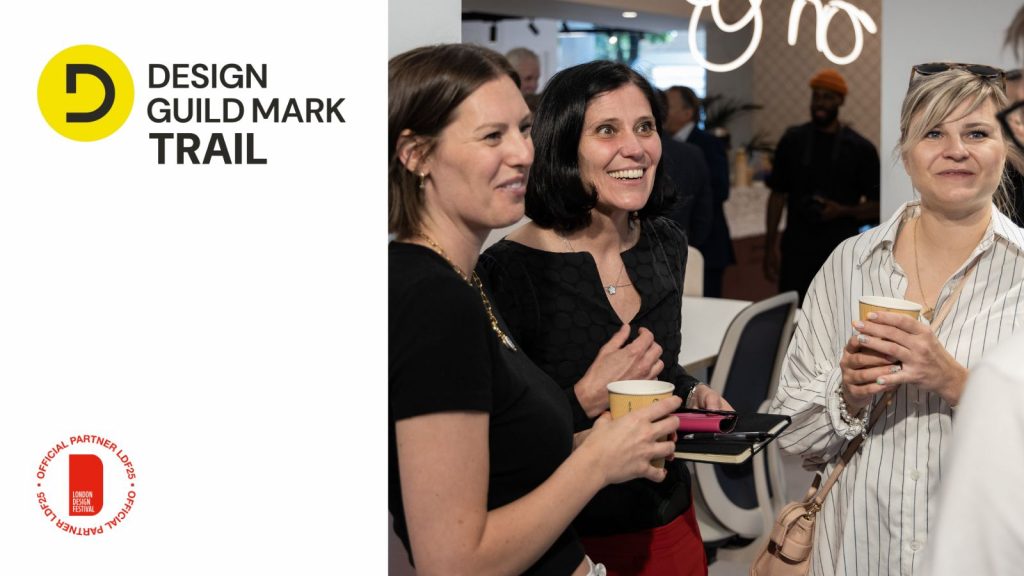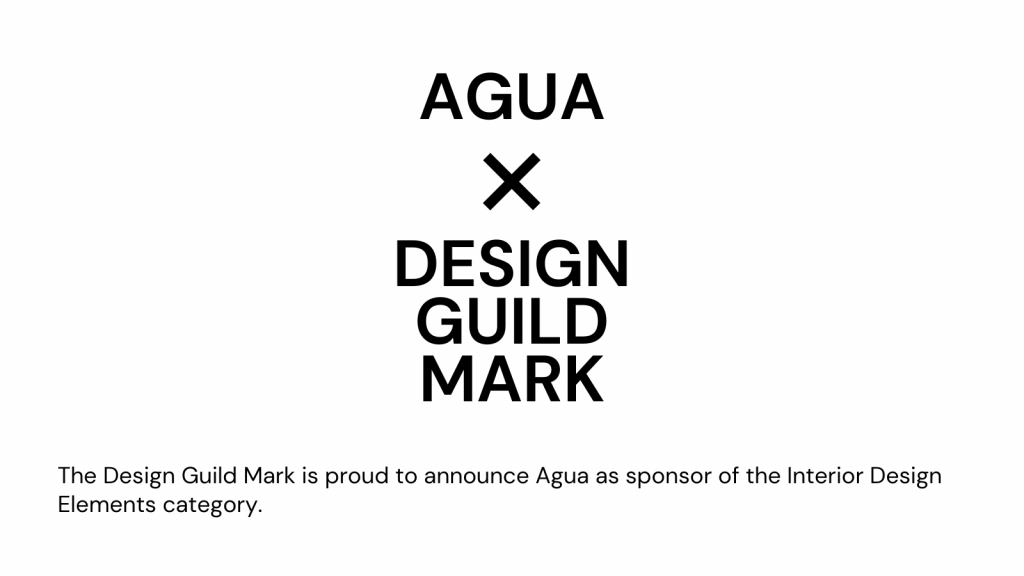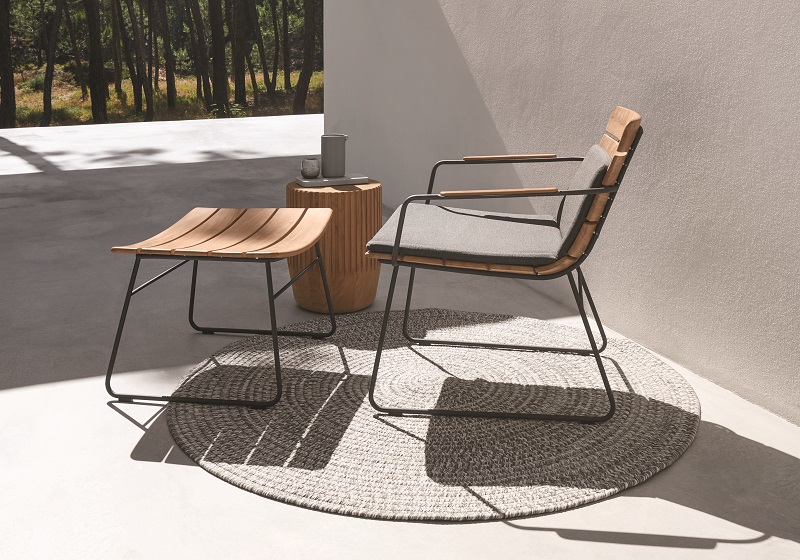
For more than 10 years the Design Guild Mark has lionised British and UK-based designers and lauded their expertise in creating designs par excellence.
However, bringing a product to market is a partnership between designer and manufacturer. The concept is fundamental, of course, but in order for an excellent idea to become a reality, production expertise of the highest order is required to help ensure a design is ultimately a commercial success.
A Design Guilld Mark is therefore something for both designer and manufacturer to be proud of as the awarded piece would not exist without one or the other.
In the first of what we hope will become a regular segment interviewing key players of Design Guild Mark awarded manufacturers, we spoke with Tim Cook, product development manager at Gloster, about the William Chair, designed by Mark Gabbertas, which was awarded a Design Guild Mark in 2019.
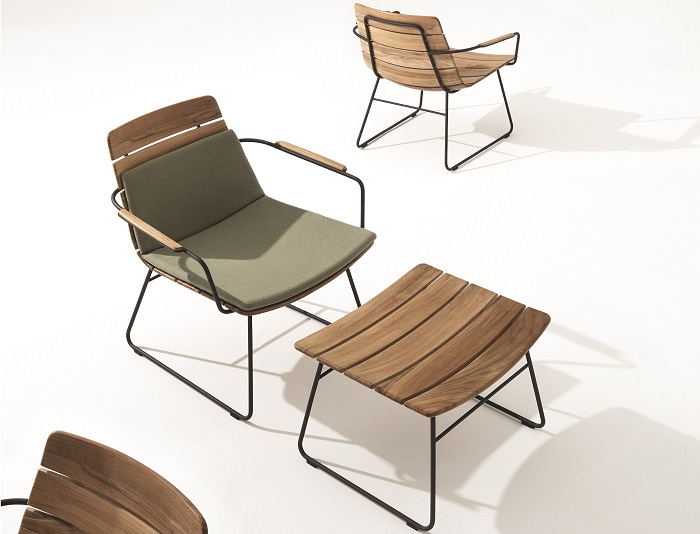
Give us a brief history of the company.
Gloster’s company history begins in the year 1960 when the Dane Paul Wallevik set up a furniture factory in West Africa. Production was initially aimed at the local market, but within just 10 years the company had become the biggest furniture producer in Africa. The company relocated its production in 1970 to Indonesia where teak, the best timber for use outdoors, has been cultivated on plantations since the 19th century. Having its own sustainable source of teak production is key to Gloster’s philosophy and the factory now has more than 650 permanent employees on the island of Java. Gloster has been synonymous with premium outdoor furniture since the 1980s and is now one of the leading brands worldwide having established a new, self-assured design identity in recent years based on its Danish provenance, Indonesian craftsmanship and international demand – Gloster is a now a truly globalized brand that has at its heart a commitment to the best contemporary design in partnership with a series of world-renowned designers.
What best describes the style of Gloster’s furniture?
Gloster has always had a Danish, mid-century modern influence, even though Gloster is a global brand whose collections are designed to work with architectural homes and outdoor spaces to create character, personality and a unique setting.
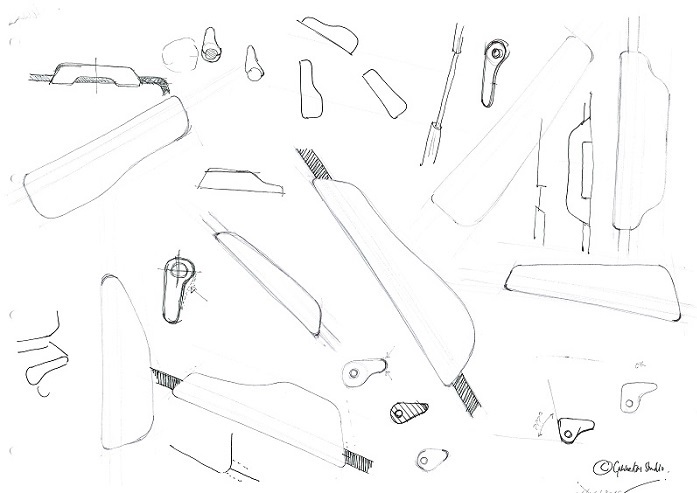
What compromises were made when the William chair was designed to make sure it was viable to manufacture in quantity?
Compromise is something that we try to avoid, we are always striving to come up with the best solutions for manufacturing while retaining as much of the essence of the original design as possible. In actual fact we are more likely to compromise the ease of manufacture to achieve the results that we would expect of a premium furniture brand, than we are to compromise on the design or finished appearance of a product. With the William chair we had to find a way to attach the teak slats to the chair frame without there being any visible sign form the front, and without an unsightly row of screw heads from the back of the chair either. The clean outlook was something that we wanted to retain, as it was this that attracted us to this design in the first place. So in the case of this chair, each slat is held in place on a set of stainless steel pins, which are then locked into position on the frame with a small grub screw that is inserted from the side of the chair frame. The shaping of the slats was also no mean feat either – each slat is individually created, but when assembled gives the look of a seat and back that have been hewn from a solid block of teak. There is not one straight of square edge on any of the slats to give a datum point, so we created a very large number of jigs to make sure that the shaping was carefully controlled at each step of the moulding process.
What do you think makes the William Chair unique?
This has been one of my favourite chairs since it was developed and put in to manufacture. The balance of the slender, almost continuous frame, with the beautifully shaped teak slats, has always appealed to me. It is still recognizable as a chair for outdoor use, combining the simple materials of teak and powder coated stainless steel, while also being a unique piece of design.
How do you go about choosing a designer to collaborate on a project with?
We are working with only a very select, small group of trusted designers, who we have worked with for many years. We have a very clear vision of the Gloster brand, where we are now and where we are heading in the future. It’s important to us that there is a story to be told throughout our collection. Our designers must be familiar with this story, to
What is the biggest trend influencing manufacturing in your field at the moment?
The transparency of production is key to include the provenance of materials, the sustainability of processes and the longevity of the end product.
Any predictions on future game changers in your sector?
These are changing and challenging times that we are in right now, no-one knows what is just around the corner. Flexibility is key – the ability to adapt and change to meet market needs. CNC machinery constantly brings advantages in terms of accuracy and consistency, which is very important to us, but we still need to keep our traditional manufacturing heritage in sight, not to lose that human touch.
For more information about Gloster, go to https://www.gloster.com/en-gb/


